![]()
Ever since the death of her husband, Maurice, who had sadly passed away only two years prior in 1923; 82 year old Mary Ann O’Shea had lived alone at a place known as Tower Hill that was situated within the top end of a town called Haslingden, that lies within the boundaries of the Rossendale Valley.
Residing at number 11, Mary had lived in a pitiful and frightening condition. Her house was extremely basic, having just two rooms of which one included the basement.
Dampness, filth and grime had made living conditions a nightmare, not just for Mary, but for all of the other residents living at Tower Hill. And out of the 36 houses situated at Tower Hill, 16 of them had no real accomodation for food storage and a staggering 35 homes had no access for washing!
In fact, it was the basement that Mary would mainly use as she had suffered terribly from rheumatism and along with an ulcer on one of her legs, it had become too painful to walk up the stone steps to her other room.
From all accounts, Mary was a feeble old lady, often relying on the help of a single woman by the name of Margaret Flannagan, who would call on Mary to see how she was doing and if she needed any help.
However, life wasn’t always bad for Mary, as it was said that in her younger days, she had been a cook and was often seen chatting to neighbours and friends, telling them about being a cook to General French (French was a top British military commander and successful cavalry leader during the Boer War).
Having married at a young age, she and her husband Maurice, both of Irish origin, had left Ireland and relocated to Liverpool before finally arriving at Haslingden where her husband had managed to find work with the Haslingden Co-operative Society as a shoemaker. The couple left Haslingden for a short period of time to live in nearby Accrington, but this seemed a temporary move as they soon returned back to Haslingden.
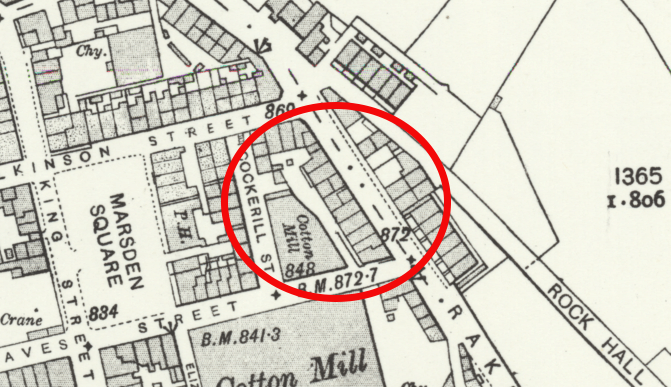
As the year’s went by, Mary would find work in the mills within the district, but in the latter stages of her life, and after the death of her husband as well as sufferering from the effects of rheumatism, she would eventually spend more time alone in her two roomed house at Tower Hill.
This seemed to change Mary.
From once being a kind and friendly soul to someone seemingly frustrated and annoyed with the rest of the world. She would not tolerate neighbours calling on her, except though, for young Margaret Flannagan.
And even when Mary had the strength to leave her house to collect her pension, which she had been punctual in doing so on the day it was due, she would often keep herself to herself and ignore any passing comments from those that knew her.
On Tuesday, 27th October 1925, 15 year old Joseph Potter of 7 Tower Hill, after seeing Mary making her way home, offered his assistance as she had looked tired. He saw her safely home but unforunately, this would be the last time anyone would see her alive again.
Four days later, and on the afternoon of Saturday 31st October 1925, a terrible discovery would be made at Mary’s home, one that would create a sensation not only throughout Rossendale, but also that of Accrington and other nearby towns and villages.
It was whilst Margaret Flannagan had made her way to the home of Mary and after entering the house, that she would discover a body lying near the foot of a set of stone stairs.
And next to the body and close to the right arm was one of two cat’s that Mary had looked after.
Shocked by the discovery, and compelled to leave the house owing to the wildness of the cat, Margaret fled to the police station that was nearby and after giving information to the police, acting Police-Sergeant G. Ward immediately made his way to Mary’s house.
Upon his arrival, one of the cat’s pounced on P. C. Ward, making it almost impossible for him to get close to where Mary’s body was lying. He left and made his way to a neighbours house where he would borrow a ladder before making his way into Mary’s house by an upstairs window. The front door had been left open and when he made his way down the stone stair case, he somehow managed to safely get the cats out of the door before closing it behind them.
Turning to inspect the lifeless body of Mary, he was shocked to discover the full extent of her injuries.
Partly-dressed, it looked like Mary had fallen when intending to retire to her bed for the night, and unable to rise, she had spent her final moments lying on the cold stone floor.
How long she had suffered for, no one quite knows, but on looking at Mary’s body, P. C Ward was shocked at the sight in front of him.
Her right arm had been stripped of flesh, and fingers, shoulder, nose, cheeks, bottom jaw, tongue, front of her neck, and part of her chest had been eaten away.
Three days later on Tuesday 3rd November, the East Lancashire Coroner, Mr. D. N. Haslewood, held an inquiry into Mary’s death and the subsequent discovery of her body.
Margaret Flannagen would go on to say that Mary was an eccentric old lady and, as we have already mentioned, would never associate with her neighbours. But interestingly, she would tell at the inquiry that Mary, having a love of cats, had two of her own but they were of a vicious nature, attacking anyone – even Mary on some occasions, who dared to get close to them.
P. C. Ward, after describing the condition of Mary’s body upon him entering the house, also backed up Margaret Flannigan’s statement regarding the cats being feral and how he had to drive them out by entering one of the upstairs windows.
The coroner asked P. C. Ward what had become of the cats and his reply was that one of them had returned to the house, having seen it sitting on the upstairs window-sill, whilst the other was still ‘knocking about.’
The Coroner then said; “If they are wild, the best thing would be to shoot them. Having tasted human flesh it is the best thing that they should be made away with, without inflicting unnecessary punishment on them. If they happened to attack a child, everybody would be blamed.”
After other witnesses had been called, a verdict of accidental death was returned.
Mary’s body was interred within the grounds of Haslingden Cemetary on the 4th November 1925. Her grave is marked as A764.
And as for Tower Hill, less than ten years after the death of Mary, an inquiry by the Ministry of Health was held at Haslingden Council Chambers with reference to an application being made by the Town Council in regards to what was called the ‘Tower Hill Clearance Order.’
An inspection in 1931 had found that the area was to be in an insanitary condition and that the dwelling houses were in total disrepair with sanitary defects that meant that they were unfit for human habitation, and by reason of poor management, the narrow streets were dangerous or injurious to the health of the inhabitants of the area.
Mr. R. Austin, who had prepared the report in 1931, went as far to say; “When I speak of bad arrangement of the houses, I do so with emphasis, as many of the houses are back to earth and consitute almost underground dwellings”.
The Clearance Order was approved in July 1935, with just two objections – one made by Mrs. Mary Curran, owner of seven dwellings in the area, and the other objection made by Mr. H. Smith, acting as an agent for the owners of twelve dwellings and one store room.
In total, 108 people would be displaced under the order, with new premises being built to accomodate them all.
Tower Hill is very rarely mentioned today, with perhaps many people not realising the area ever existed. But there is still one reminder of times past – a mill (known as Tower Hill mill) that was built sometime around 1837, and was situated directly behind the row of houses where Mary once lived.
Sources used in this story;
Haslingden Gazette – Saturday 07 November 1925
Nottingham Journal – Tuesday 03 November 1925
Haslingden Blog Spot – https://haslingdens.blogspot.com/
+ many more courtesy of the British Newspaper Archive – www.britishnewspaperarchive.co.uk and www.ancestry.co.uk
Please follow me on social media;
Twitter – https://twitter.com/dohpods
Instagram – www.instagram.com/dohpods
Youtube – https://www.youtube.com/c/DaysofHorrorPodcast
Music;
Casual Desire – Ugonna Onyekwe – No Copyright Music
Beyond the Lows – The Whole Other – No Copyright Music
Hopeless – Myuu – No Copyright Music

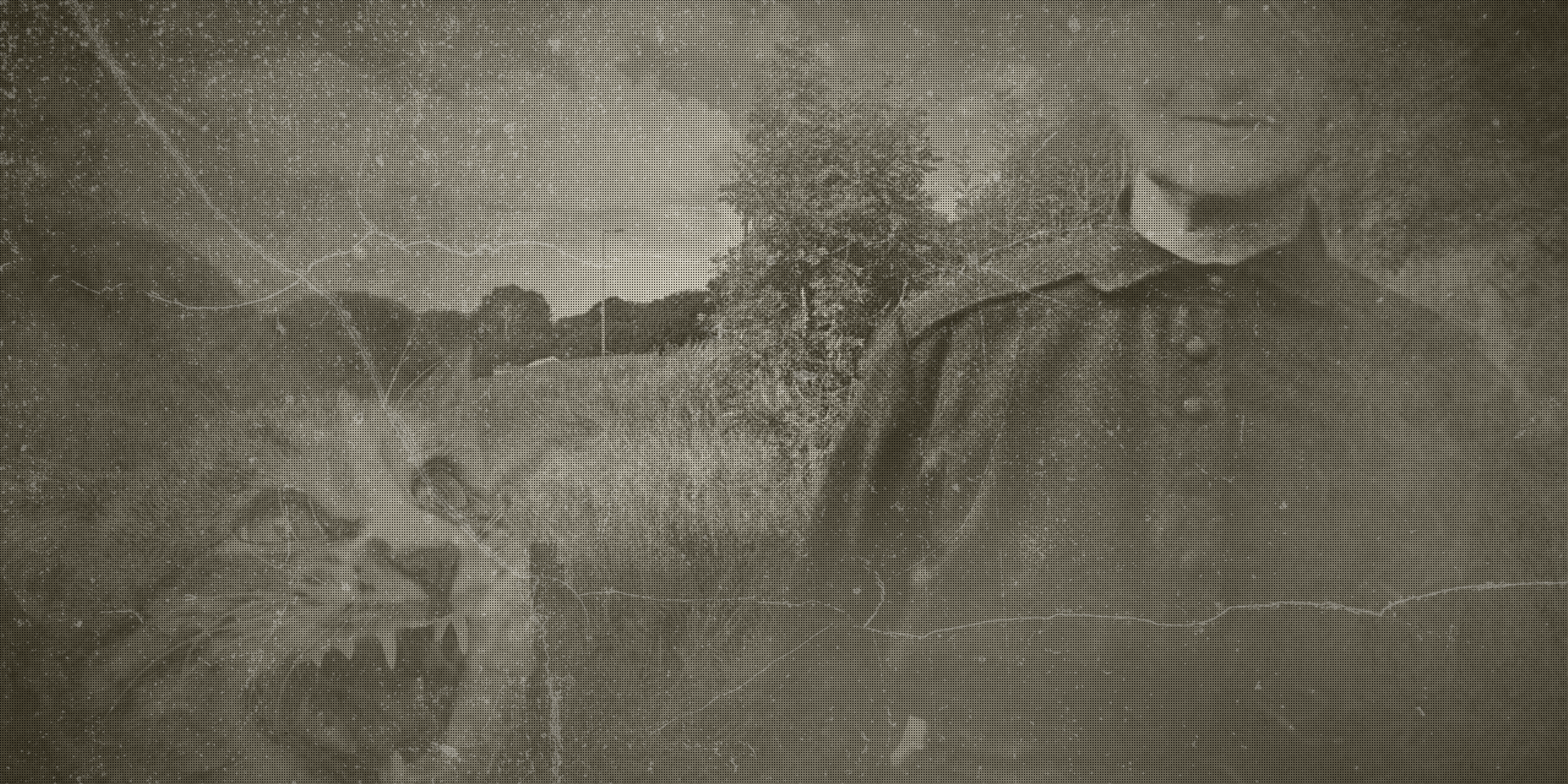
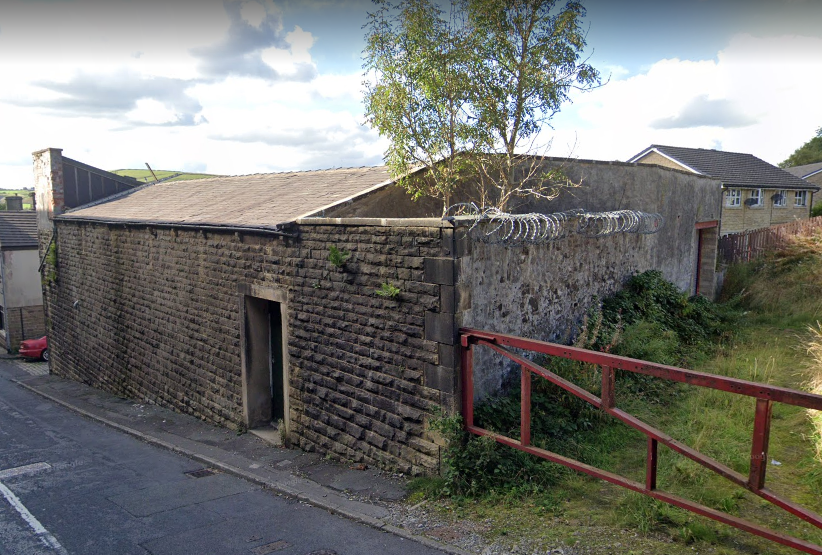
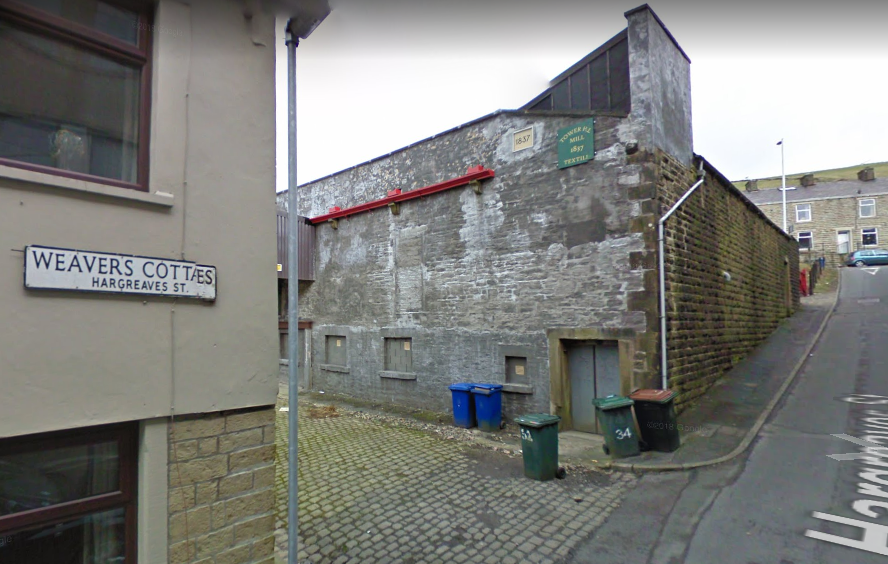
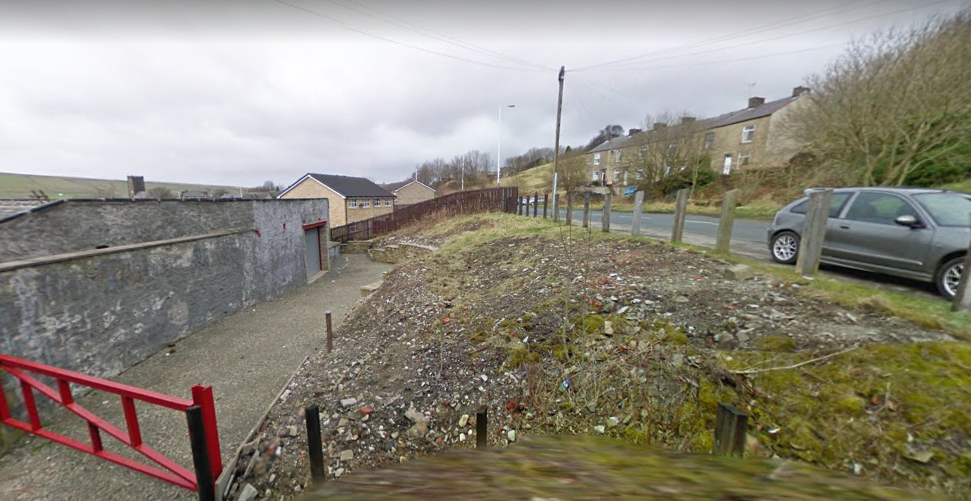
Leave a Reply